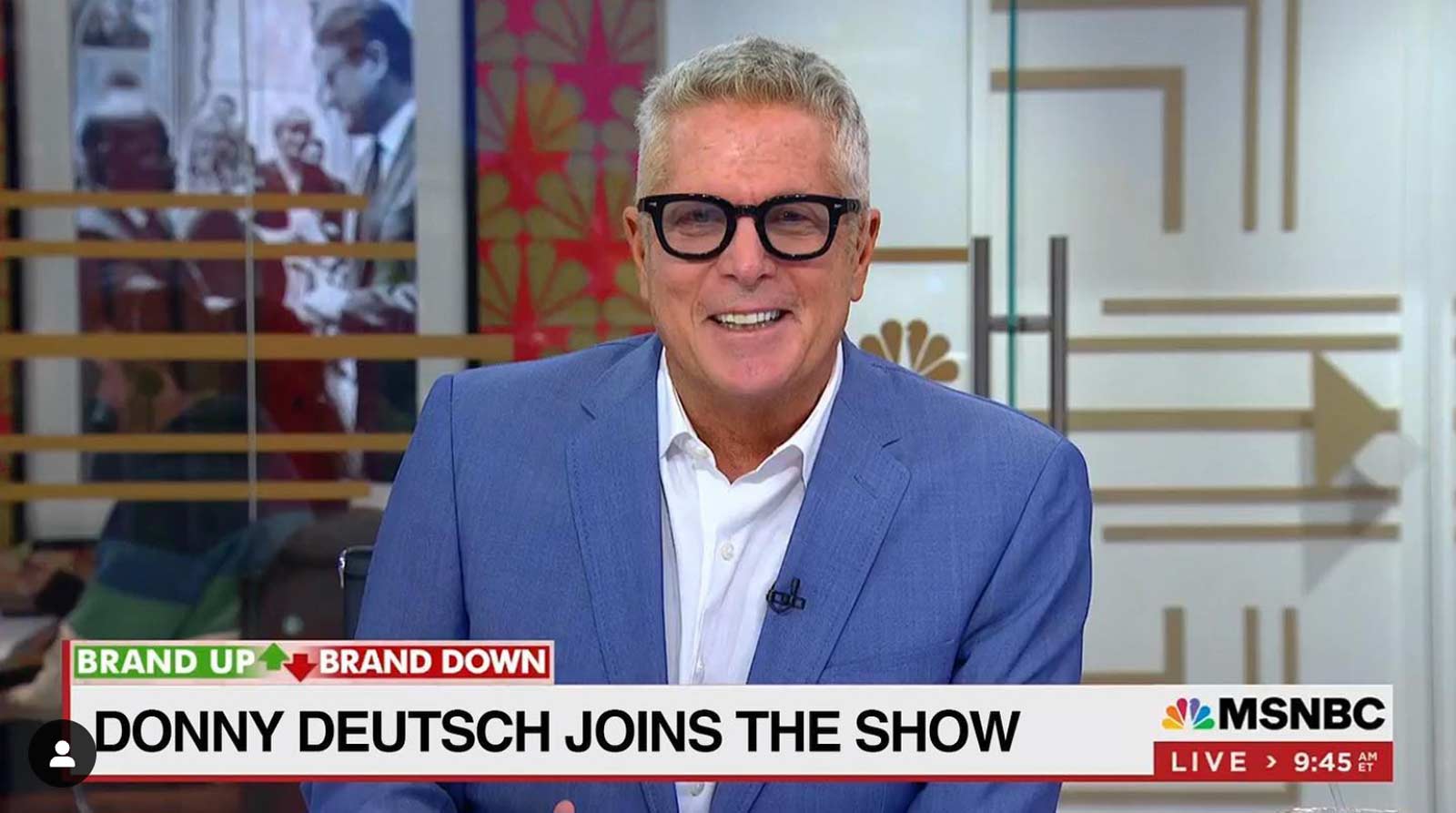On the most recent Proof podcast with host Kevin Rose — which has become a can’t-miss weekly staple of the NFT community — guest Derek Edward Schloss of Collab+Currency and Flamingo DAO shared his insights about why scarce digital objects have value. And halfway through the chat, he laid out his thoughts on the foundational NFT art projects that he thinks will have enduring value for decades to come.
There are a lot of smart people making similar bets — Gary Vaynerchuk owns so many crypto-punks he’s lost count — and only time will tell whether these projects’ nosebleed prices will hold up over the years. But regardless of their market price on any given Sunday, they deserve our respect for helping pave the way for many of the NFT projects that have followed in their footsteps.
The projects he singled out were CryptoPunks and AutoGlyphs, both from Larva Labs, and Chromie Squiggles from Snofro, creator of ArtBlocks.
“There’s the bundling of these three things that I really think set the NFT industry on fire,” Scholss said. “Chromie Squiggles was interesting in that it took those first two building blocks and leaned into these Web3 principles of community formation, networks, code base creation, and allowed ArtBlocks to become the first ever marketplace for on-demand, on-chain procedural generative art. It’s this idea that it opens up the aperture of this on-change generative art to any artist, any collector, anywhere around the world at any time.”
He continued: “It’s the bundling of those three projects that frankly has taken the NFT world to this to new heights. It’s CryptoPunks, AutoGlyphs and Chromie Squiggles. And I really don’t think that any collector can have enough of those three projects. They’re foundational to the space. And as we look back over the next few decades, I think people will more and more come to realize the importance of those three projects.”
Here’s a snapshot of the three projects.
CryptoPunks

AutoGlyphs

“Autoglyphs are an experiment in generative art, each one unique and created by code running on the Ethereum blockchain. The glyphs were originally created in 2019 by anyone who was willing to donate the creation fee of 0.2Ξ (around $35 at the time) to our chosen charity, 350.org. The creator of each glyph became the first owner of that glyph. After 512 glyphs were created, the generator shut itself off forever and the glyphs are only be available on the secondary market.”
Chromie Squiggles

What makes art enduring?
It’s certainly an interesting thought experiment: What makes transformative art valuable? And what makes art enduring?
Being early is one criteria (hats off to CryptoKitties). But there are other criteria. Wanting to belong to an exclusive club (VeeFriends, Bored Ape Yacht Club)? Want art that moves you emotionally or intellectually?
How about this: Art that’s not just early but original, scarce and high quality. That is what has made the world of collecting fine art go round and round for hundreds of years.






